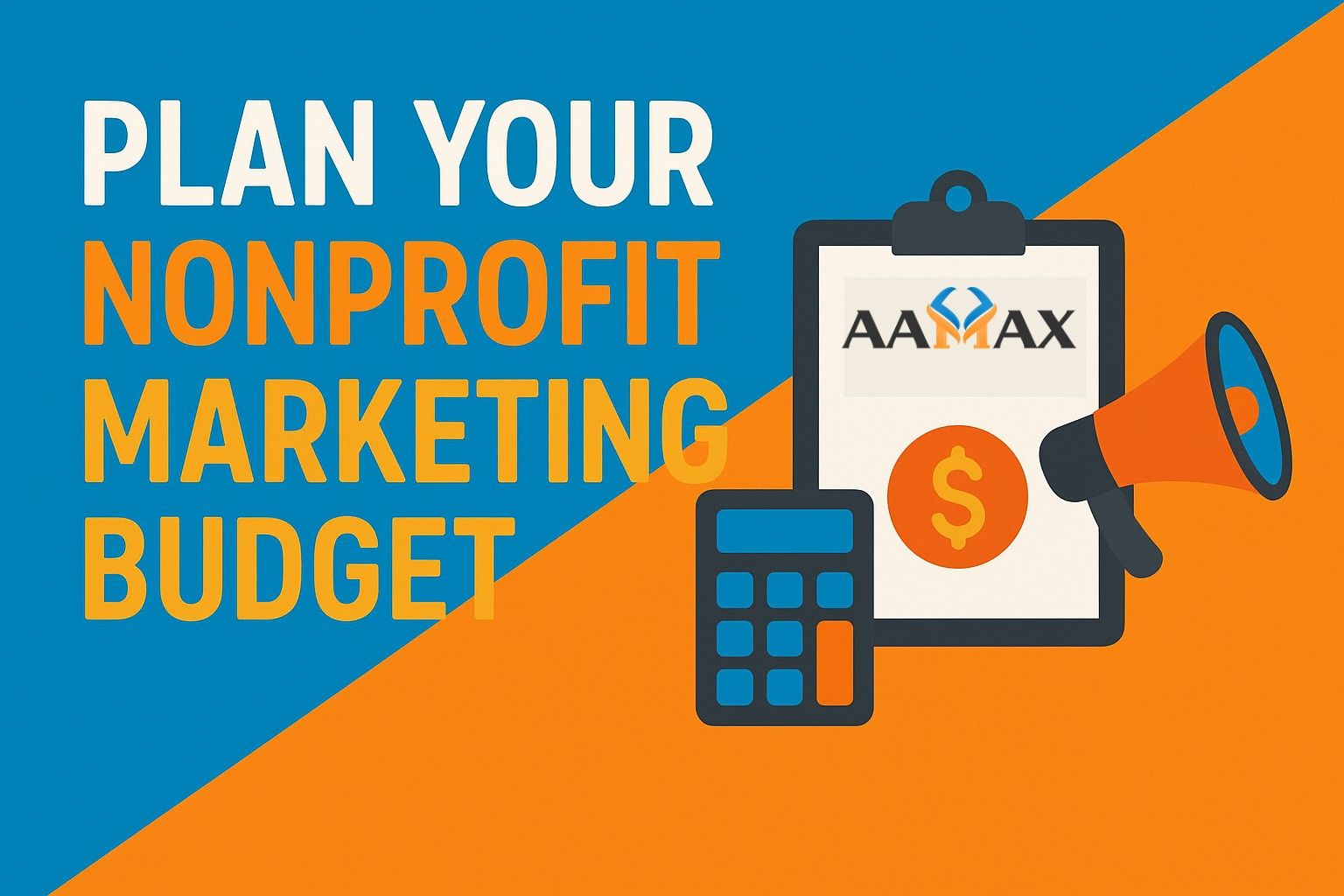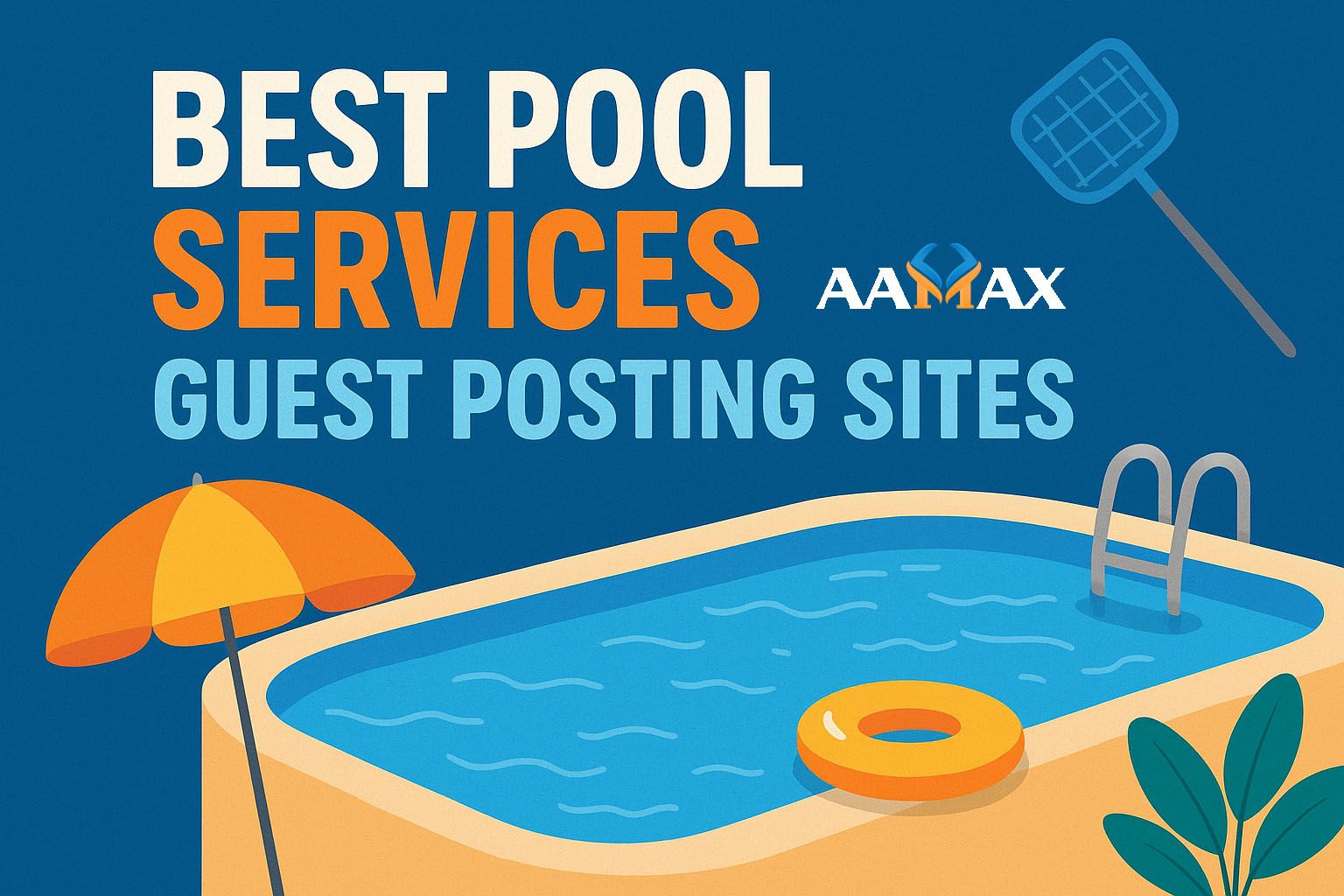
Plan Your Nonprofit Marketing Budget
Nonprofit organizations are driven by a mission, not profit — but that doesn’t mean they can ignore digital marketing. In today’s competitive landscape, nonprofits must communicate their mission effectively, engage donors, attract volunteers, and raise awareness. To achieve this, you need a well-thought-out marketing budget.
A marketing budget is not just about spending money — it’s about allocating resources strategically to get the best return on investment (ROI) for your cause. In this article, we’ll break down why a marketing budget is essential for nonprofits, how to plan one effectively, and what strategies you can use to maximize impact.
Why Your Nonprofit Needs a Marketing Budget
Some nonprofit leaders hesitate to spend money on marketing, fearing it takes funds away from their core mission. However, marketing is an investment that fuels growth. Here’s why it’s so important:
1. Build Awareness for Your Mission
People can’t support your cause if they don’t know you exist. A strong marketing budget ensures your nonprofit reaches the right audience consistently.
2. Attract More Donors
Fundraising is competitive. A well-executed marketing campaign helps you stand out and build trust with potential donors.
3. Recruit Volunteers and Advocates
Your mission thrives when you have passionate people behind it. Marketing spreads your message and encourages community involvement.
4. Increase Long-Term Sustainability
A steady stream of donations and support creates stability. Strategic marketing ensures your organization stays relevant and financially healthy.
Key Factors to Consider When Planning a Nonprofit Marketing Budget
Before creating a budget, you need to analyze your organization’s goals, resources, and needs.
1. Define Your Objectives
Are you trying to raise awareness, increase donations, launch a new program, or recruit volunteers? Clear objectives will determine where your marketing dollars go.
2. Understand Your Audience
Identify who you are trying to reach — donors, partners, volunteers, or beneficiaries. The better you know your audience, the more targeted and cost-effective your marketing will be.
3. Assess Your Current Resources
Take inventory of your existing assets: staff skills, technology, email lists, social media presence, and partnerships. This will help you see where to invest and where you can save.
4. Research Industry Benchmarks
Nonprofits typically spend between 5–15% of their total budget on marketing and communications. Benchmarking can help you decide what is realistic for your organization.
5. Prioritize ROI
Not all marketing channels perform equally. Invest more in strategies that deliver measurable results, like email campaigns or targeted ads.
Step-by-Step Guide to Planning Your Nonprofit Marketing Budget
Creating a marketing budget doesn’t have to be overwhelming. Follow these steps to make the process easier:
Step 1: Set Your Total Marketing Budget
Decide what percentage of your overall organizational budget you are willing to invest in marketing. A good starting point is 5–10% of your operating budget.
Step 2: Break Down Your Marketing Channels
List all the channels you plan to use, such as:
- Website development and maintenance
- Search engine optimization (SEO)
- Email marketing
- Social media campaigns
- Content creation (blogs, videos, graphics)
- Paid advertising (Google Ads, Facebook Ads)
- Print materials and event promotion
Allocate a portion of your budget to each based on past performance and organizational goals.
Step 3: Allocate for Tools and Technology
Marketing automation tools, analytics software, and design platforms often require subscription fees. Make sure you account for these expenses to keep your campaigns running efficiently.
Step 4: Plan for Content Creation
Quality content is essential to engage your audience. Budget for professional copywriting, graphic design, photography, and video production.
Step 5: Include Testing and Optimization
Reserve part of your budget for A/B testing, analytics, and adjustments. This ensures your campaigns improve over time.
Step 6: Track and Measure Results
Establish clear metrics, such as donor acquisition cost, email open rates, website conversions, or event sign-ups. Regular reporting will help you make data-driven decisions.
Nonprofit Marketing Channels to Include in Your Budget
To make the most of your marketing spend, focus on channels that deliver the highest impact for your cause.
1. Website Development and Maintenance
Your website is the online hub of your organization. It should clearly communicate your mission, showcase impact stories, and make it easy for supporters to donate or get involved. If your site is outdated, investing in a redesign can dramatically improve results.
2. Search Engine Optimization (SEO)
Search Engine Optimization (SEO) helps your organization show up on Google when people search for related causes. By optimizing your content and building backlinks, you can attract free, ongoing traffic.
3. Content Marketing
Publishing blogs, videos, and case studies educates your audience and builds trust. Content can also be repurposed for social media and email campaigns.
4. Social Media Marketing
Platforms like Facebook, Instagram, and LinkedIn are powerful tools for spreading your message. Budget for social media ads to boost reach beyond organic followers.
5. Email Marketing
Email remains one of the highest-ROI channels for nonprofits. Segment your lists and personalize campaigns to engage donors effectively.
6. Paid Advertising
Google Ad Grants can provide free advertising for qualifying nonprofits, but you may still want to budget for paid campaigns on other platforms to expand your reach.
7. Events and Community Engagement
Allocate funds for promoting events, creating promotional materials, and running awareness campaigns that bring your supporters together.
Common Mistakes to Avoid When Budgeting
Even with the best intentions, nonprofits can make costly budgeting mistakes. Avoid these pitfalls:
- Ignoring data: Make decisions based on analytics, not assumptions.
- Overspending on one channel: Diversify your marketing spend to reduce risk.
- Failing to plan for growth: Leave room in the budget to scale campaigns that perform well.
- Skipping professional help: Trying to do everything in-house can lead to wasted effort and poor results.
Stretching Your Marketing Budget Further
Even with a limited budget, there are ways to maximize impact:
- Leverage free tools and platforms (like Canva for design).
- Apply for Google Ad Grants to access free search advertising.
- Build partnerships with local businesses for co-marketing opportunities.
- Encourage user-generated content from volunteers and supporters.
- Repurpose content across multiple channels to save production costs.
When to Hire Professional Help
If your nonprofit lacks in-house marketing expertise, outsourcing can be a smart move. Professional agencies can help you develop a strategy, manage campaigns, and optimize your website for better performance.
For expert help, you can AAMAX. AAMAX is a full-service digital marketing company offering Web Development, Digital Marketing, and SEO Services. Their team can build a professional website, create targeted campaigns, and ensure your marketing budget delivers maximum results.
Key Takeaways
- A marketing budget is not an expense — it’s an investment in your nonprofit’s growth and sustainability.
- Focus on the channels that offer the highest ROI, such as SEO, email marketing, and content creation.
- Track your performance regularly and adjust spending based on data.
- Professional help can amplify your efforts and save you time.
Final Thoughts
Planning your nonprofit marketing budget doesn’t have to be complicated. By setting clear goals, prioritizing high-impact channels, and tracking results, you can make every dollar count. A well-planned budget allows you to reach more people, attract donors, and create lasting impact for your cause.
Your mission deserves to be heard. With the right strategy and budget in place, your nonprofit can grow its reach, build stronger relationships, and secure the support it needs to thrive.







